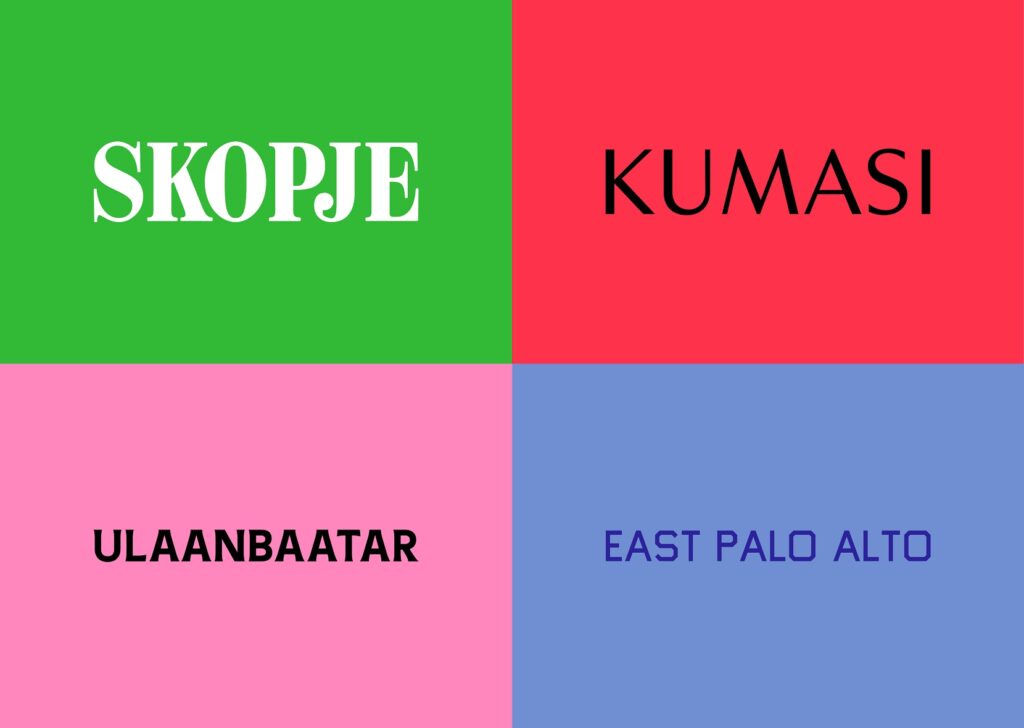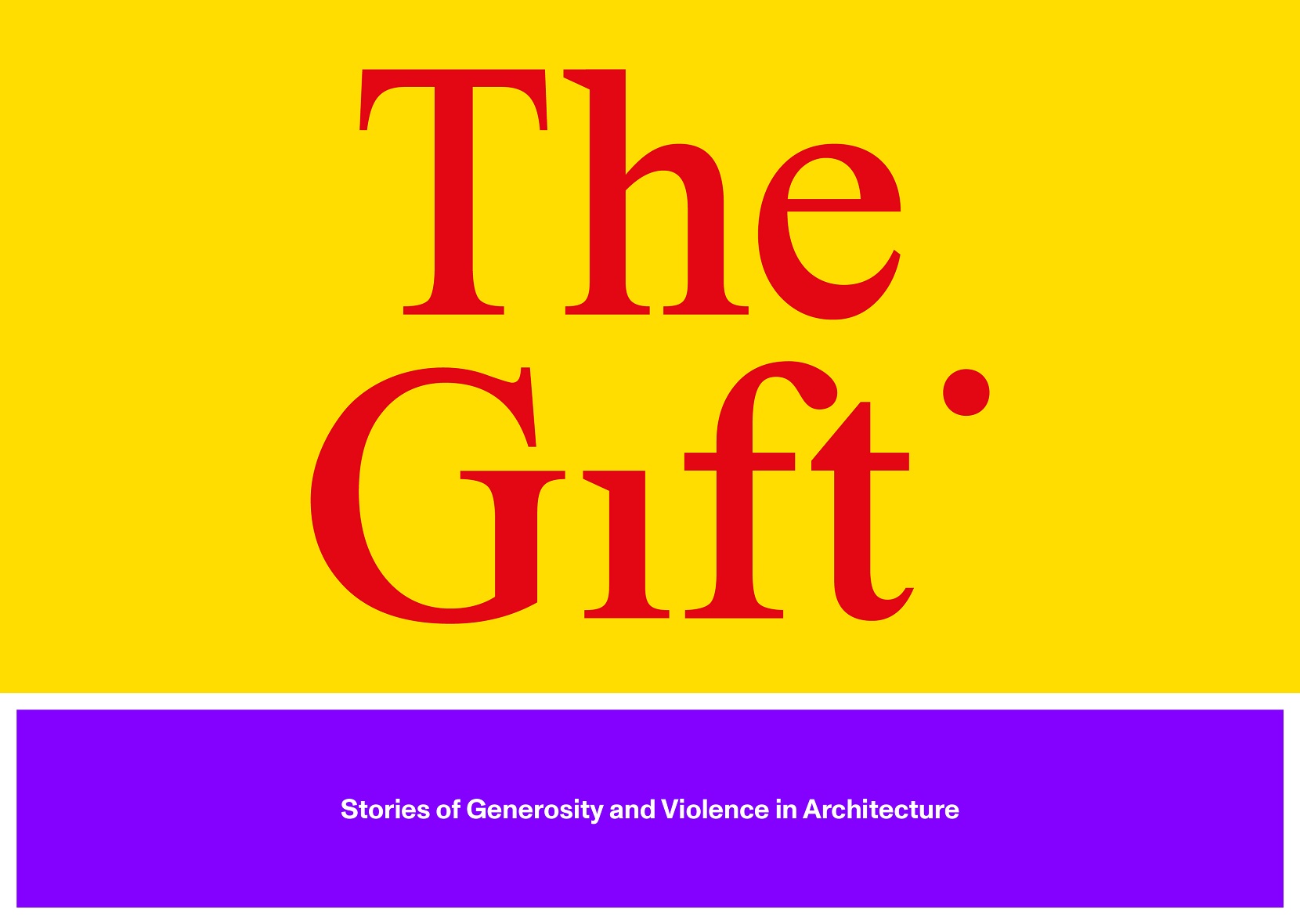THE GIFT STORIES OF GENEROSITY AND VIOLENCE IN ARCHITECTURE
About the exhibition
Achitectural gifts are everywhere: libraries funded by wealthy philanthropists, shelters donated by humanitarian organizations, farms paid for with development grants, mosques financed by Islamic foundations, and stadiums handed over as part of diplomatic charm offensives. Embedded in religious and imperial traditions of gift-giving, architectural gifts shape the urbanization process across the world. Humanitarian, developmentalist, and diplomatic building-gifts have become ubiquitous in rapidly expanding African, Asian, and South American metropolises and their hinterlands. In North American and European cities, philanthrocapitalists invest in cultural, social, and educational facilities passed down by the dwindling welfare state.
This exhibition features gifted buildings—from spectacular to mundane, from extravagant to genuinely useful—that show how the unequal relationship between the giver and the receiver results in both generosity and violence exerted by and through architecture. What are the benefits of an architectural gift and how may it cause harm? We document how the giving and receiving of architecture impacts the production of these buildings, including their program, design, and materiality, as well as labor relations on the construction site. We consider the economic gains and political influence of the donors. We explore whether architectural gifts require reciprocity, and if so, what constitutes a counter-gift. We wonder if the obligations of the receiver and the giver persist after a building’s completion. What is the afterlife of a gifted building, and how is it perceived, maintained, and used by local communities?
Working with local researchers and communities, and using storytelling as a method, we present case studies on four continents to explore the generosity and violence of the gift-giving dynamic. These include stories of humanitarian gifts for Skopje, North Macedonia; the gift of land in Kumasi, Ghana; diplomatic gifts for Ulaanbaatar, Mongolia; and philanthropic gifts in East Palo Alto, California, USA. At the end of the exhibition, we turn to Germany, showing how philanthropy continues to shape Munich and other German cities today.
In Skopje, Ana Ivanovska Deskova is an architectural historian specializing in modern architecture, curator, and Associate Professor at the Faculty of Architecture, Ss. Cyril and Methodius University. In Kumasi, Kwasi Ohene-Ayeh is a curator, critic, and lecturer at the Department of Painting and Sculpture, Kwame Nkrumah University of Science and Technology. In Ulaanbaatar, Uurtsaikh Sangi and Temuulen Enkhbat are researchers at Ger Hub, a nonprofit social innovation firm addressing the most pressing issues in ger districts, informal urban areas in Mongolian cities. In East Palo Alto, Michael Levin is a documentarian engaged with the community for over twenty years, and Leigh House is a preservationist and Ph.D. researcher at the University of Michigan in Ann Arbor, USA.
Curators: Damjan Kokalevski, Łukasz Stanek
Exhibition Design and Research on German Case Studies: Andjelka Badnjar Gojnić
Graphic Design: Wiegand von Hartmann (WVH), Munich
Opening: February 28, 2023 at 7 pm/ Entry: for free



Upper left: Universal Hall in Skopje, N. Macedonia,
Photo: Mila Gavrilovska;
Upper right: KNUST University. Campus in Kumasi, Ghana,
Photo: Joe Cann;
Lower left: Microdistrict III and IV in Ulaanbaatar, Mongolia;
Lower right: Bloomhouse, Emerson
Collective in East Palo Alto, CA, USA

Upper left: Universal Hall in Skopje, N. Macedonia, 1964;
Upper right: KNUST University, Campus in Kumasi, Ghana, 1957;
Lower left: Microdistrict III and IV in Ulaanbaatar, Mongolia 1986;
Lower right: Highway 101 in East Palo Alto, CA, USA, 1937
Planning your visit
Open today till 6.00 pm
Daily 10.00 – 18.00
Thursday 10.00 – 20.00
Monday closed
Barer Straße 40
80333 München
